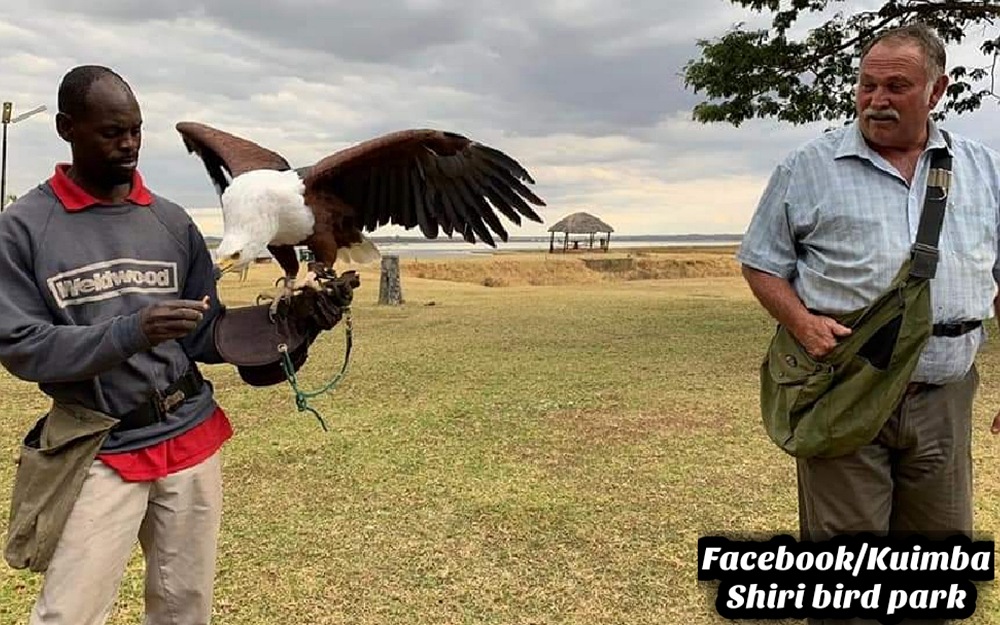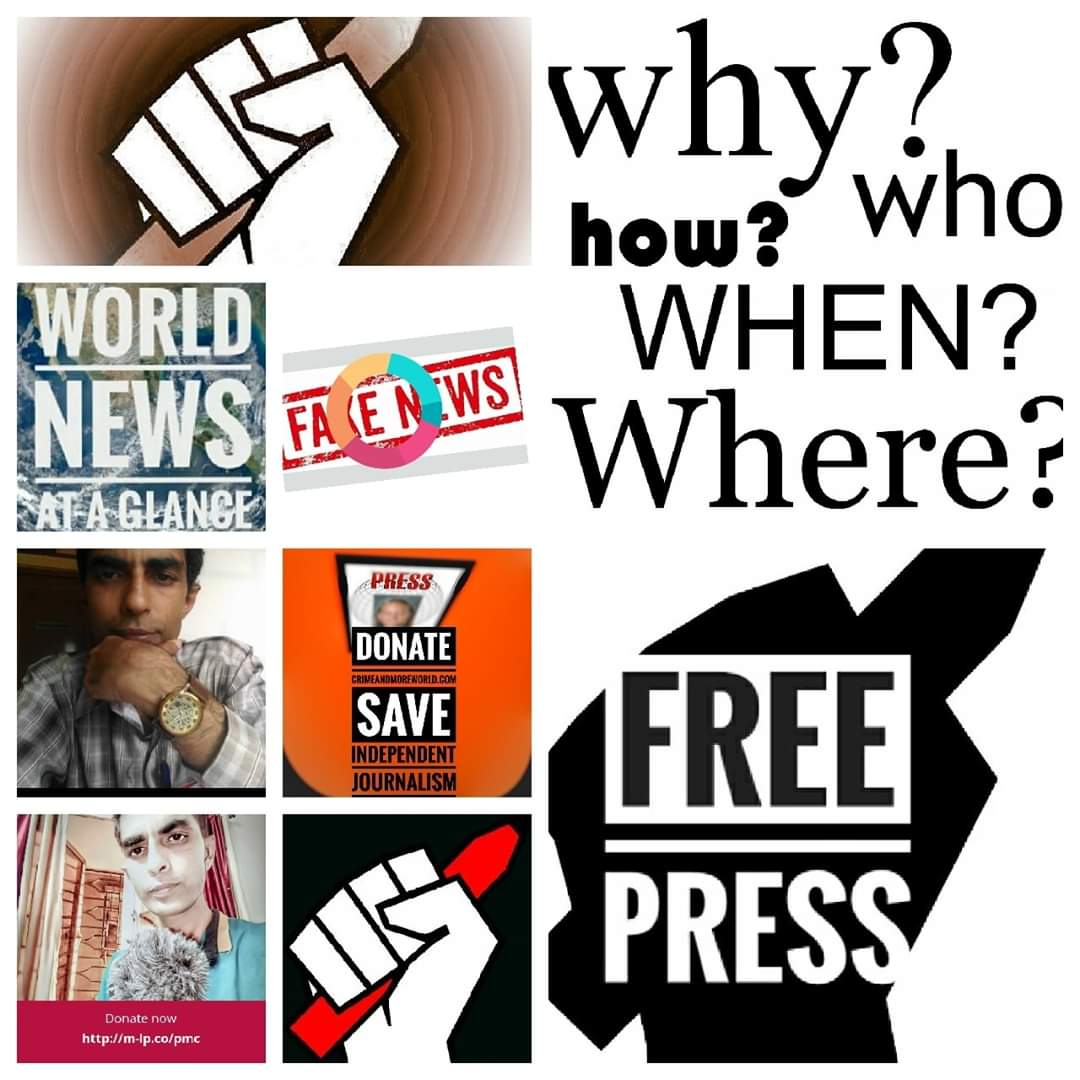
A fish eagle swoops over the water to grab a fish in its talons and then flies to its nest.
Nearby are a martial eagle, a black eagle, an Egyptian vulture and hundreds of other birds. With an estimated 400 species of birds on an idyllic spot on Zimbabwe’s Lake Chivero, about 40 kilometers south of Harare, the Kuimba Shiri bird sanctuary has been drawing tourists for more than 15 years.
The southern African country’s only bird park has survived tumultuous times, including violent land invasions and a devastating economic collapse but the outbreak of coronavirus is proving a stern test.
“I thought I had survived the worst, but this coronavirus is something else,” said owner Gary Strafford. “One-third of our visitors are from China. They stopped coming in February … and when we were shut down in March, that was just unbelievable.”
A lifelong bird enthusiast, Strafford, 62, established the center for injured, orphaned and abandoned birds in 1992, and tourism has kept the park going.
With Zimbabwe’s inflation rising to over 750 percent, tourism establishments are battling a vicious economic downturn worsened by the new coronavirus travel restrictions.
Zimbabwe’s tourism was already facing problems. The country recorded just over 2 million visitors in 2019, an 11 percent decline from the previous year, according to official figures. However, tourism remained one of the country’s biggest foreign currency earners, along with minerals and tobacco.
Now tourism “is dead because of coronavirus,” said Tinashe Farawo, the spokesman for the country’s national parks agency. National parks and other animal sanctuaries such as Kuimba Shiri are battling to stay afloat, he said.
“We are in trouble. All along we have been relying on tourism to fund our conservation … now what do we do?” he asked.
Kuimba Shiri, which means singing bird in Zimbabwe’s Shona language, was closed for more than three months. It’s the longest time the bird sanctuary, located in one of the global sites protected under the United Nations Convention on Wetlands, has been shut.
On a recent weekday, the only sound of life at the place usually teeming with children on school trips was that of singing birds perched on the edges of large enclosures. Horses, zebras and sheep fed on grass and weeds on the lakeshore.
A parrot standing on a flowerpot at the entrance repeatedly shouted “Hello!”
“He misses people, especially the children,” said Strafford, who established Kuimba Shiri on the 30-acre spot on Chivero, the main reservoir for Harare. Now it is home to many rare species including falcons, flamingos and vultures.
“This place is a dream place for me,” he said.
Things turned nightmarish however when then president, the late Robert Mugabe, launched an often-violent land redistribution program in which farms owned by whites were seized for redistribution to landless Blacks in 2000.
Animal sanctuaries were not spared and Kuimba Shiri was targeted “30 to 40 times,” said Strafford. Eventually, the sanctuary was endorsed by Mugabe and returned to a measure of stability.
In 2009, Zimbabwe’s economy collapsed as hyperinflation reached 500 billion percent, according to the International Monetary Fund. The sanctuary struggled to make ends meet. Many birds starved to death while those that could fend for themselves were released into the wild.
“We sold our vehicles and a tractor to feed the birds. When it really got desperate we had to kill our horses,” he said.
Now, a decade later, Strafford is again being forced to sell some items as coronavirus and a new economic crisis take their toll. A land excavator, a boat, a truck, a tractor and sheep are among the items he hopes to urgently sell.
But there is some hope. As Zimbabwe relaxes some of its restrictions, the sanctuary is now able to open to limited numbers of visitors.
Now, a decade later, Strafford is again being forced to sell some items as coronavirus and a new economic crisis take their toll. A land excavator, a boat, a truck, a tractor and sheep are among the items he hopes to urgently sell.
But there is some hope. As Zimbabwe relaxes some of its restrictions, the sanctuary is now able to open to limited numbers of visitors.
On a recent weekend, Strafford displayed the talents of his trained falcons and other raptors to a small group for the first time since March.
Strafford enthusiastically described the various traits of the birds and supervised as a barn owl perched on a 5-year-old boy’s gloved hand.
“Everything got to start afresh,” he said after the show. “I have started training the birds again. We are beginning to fly again!”
–VOA
Escaping from Scam Center on Cambodia’s Bokor Mountain
UN Security Council Meets to Discuss Children and Armed Conflict
10 Shocking Revelations from Bangladesh Commission’s Report About Ex-PM Hasina-Linked Forced Disappearances
Migration Dynamics Shifting Due to New US Administration New Regional Laws
UN Security Council Meets to Discuss the Maintenance of International Peace and Security and Artificial Intelligence
Winter Brings New Challenges for Residents living in Ukraine’s Donetsk Region
Permanent Representative of Israel Briefs Press at UN Headquarters
Hospitals Overwhelmed in Vanuatu as Death and Damage Toll Mounts from Quake
Subscribe Our You Tube Channel
Fighting Fake News
Fighting Lies

















